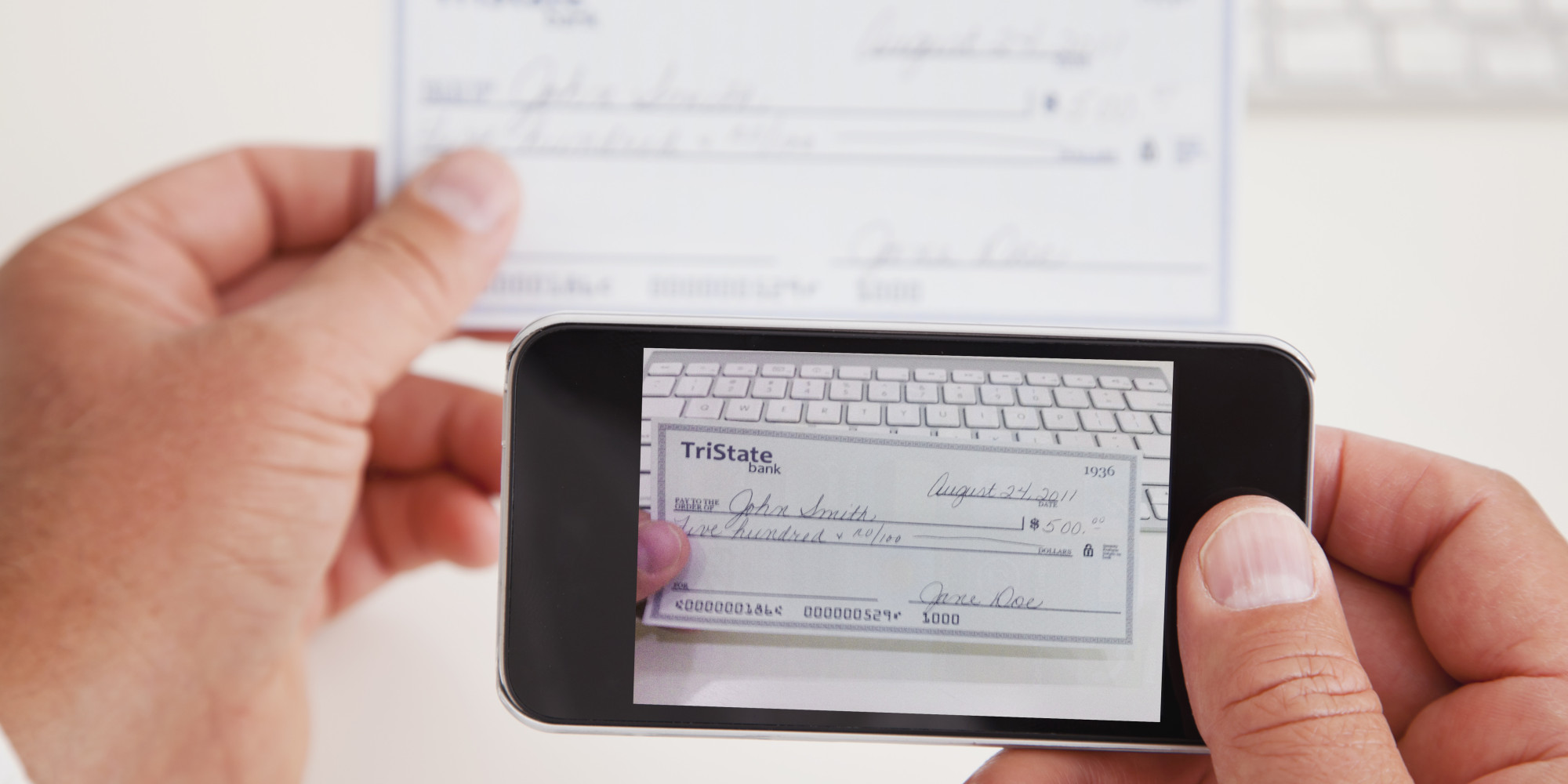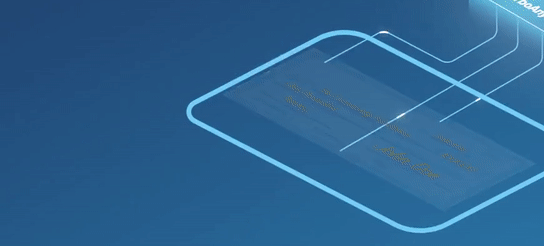How and Why mRDC is Exploited by Fraudsters
Having read an article published by ABA on their Risk and Compliance portal titled “The Dangers of Mobile Remote Deposit Fraud," David Peterson, Chief Innovation Officer, Speaker, Facilitator and Advocate for Metacognition!, purports to discuss the dangers of labeling mobile remote deposit capture (mRDC) as the source of check fraud.
He presents the following scenario and then makes a very interesting point:
“Dear sir or ma’am, I represent Company X. If you deposit this check for $2,000 into your account using your phone, and wire $1,800 to this other account, you may keep the $200 difference for your services.” The article goes on to describe the rise of check fraud and offers some suggestions on how fraud can be remediated. The only problem is that the fraud described has nothing to do with mobile remote deposit.

Mr. Peterson argues that whether a check is deposited remotely via mobile RDC or in person, the underlying check is what determines if it is fraudulent, not the deposit method. Mobile RDC undergoes the same verification processes as in-person deposits. Limiting mobile deposit amounts unfairly signals customer mistrust when the technology itself does not inherently enable more fraud than other methods.
Banks, he goes on to say, should consider individual customer behavior rather than broadly restricting a tool that can be used responsibly without extra risk. In summary, the page aims to clarify that mobile RDC is not the cause of rising check fraud, and limiting its use may actually undermine customer trust.
Author's Misconceptions
It's important to understand that the Mr. Peterson is correct in part of his assessment. Checks are processed through the same software in all deposit channels (in most cases). However, there are many flaws within his argument.

First, we need to ensure that readers are aware of how checks are processed. When a check is deposited, the item is converted into a bi-tonal image (black and white). That image is processed through software -- from recognition to fraud detection/review. With regard to check fraud detection software, transactional data is extracted from the bi-tonal images of checks and software, while that image is analyzed by technology like image forensic AI.
There are certain integrations where within the mRDC capture, the reviewer is able to see the colored deposited images, but it is more common that the reviewer only sees the bi-tonal image.
With this understanding, we can now see flaws in his logic. With mRDC, a physical check is never received, only the bi-tonal image is reviewed. This is a feature that is frequently exploited by fraudsters.
Here are a few examples:
Altered Checks
A common tactic used by fraudsters is altering the check through utilization of chemicals, a process often referred to as check washing. This does damage to the physical check which can be seen rather easily by a teller. However, when deposited via mRDC, if the reviewed only sees the bi-tonal image. it makes the washing less apparent or, in fact, invisible. Even though ATMs will have the same issue, there is at least the added security of video footage of the depositor.
Counterfeits
With today's readily available and affordable technology, it's easier than even to create a counterfeit check digitally. A fraudster can simply create a check stock, add stolen information, and hit "print." Once created, the bogus check can simply be deposited via mRDC. This would not be the case if deposited at the ATM or via teller because of the check safety features, such as magnetic ink, that are scanned.
Double Presentment
Another common tactic -- which invites even "casual fraudsters" -- is double presentment. A person can take a check, deposit it via mRDC to a drop account, and then walk into a check cashing business and essentially "double dip" by cashing it yet again. This is enabled only by the fact that the physical check is not obtained through the mRDC channel.
mRDC is a deposit channel that is regularly exploited by fraudsters. However, in today's check fraud detection environment, there are several technologies that are able to detect these types of fraud in any deposit channel, including behavioral analytics and image forensic AI. It's important to understand the weaknesses in each deposit channel, and ensure that the right technology is in place to target and mitigate those risks.